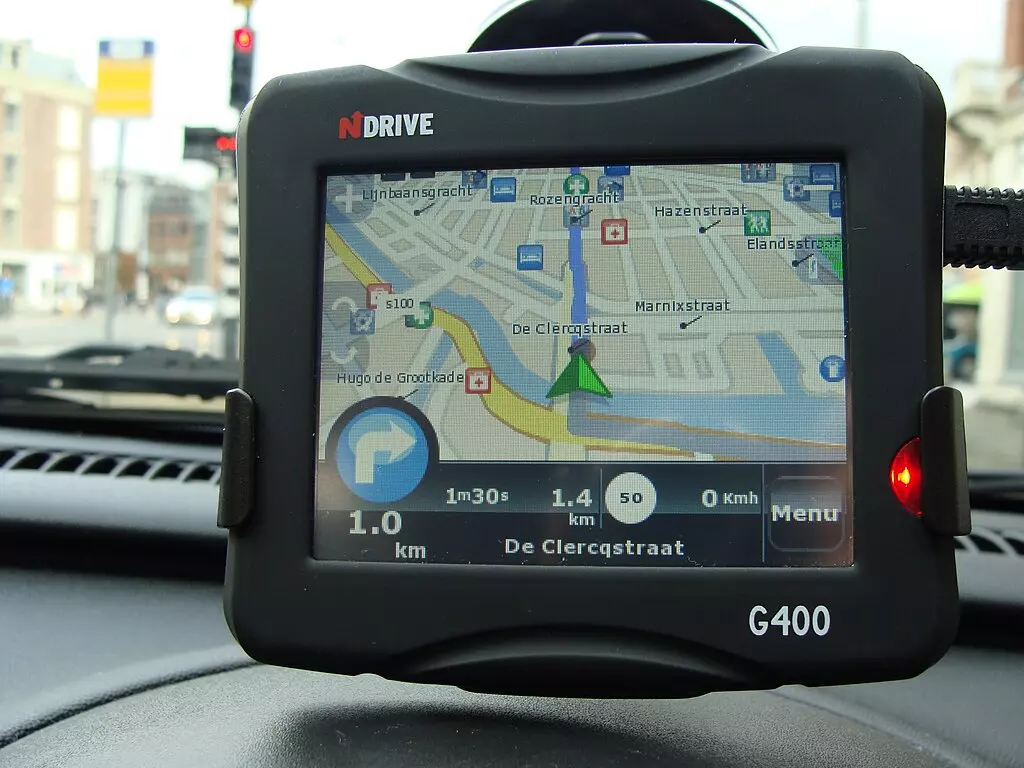
Few takers for desi navigation system NavIC despite Vocal for Local push
Centre issues slew of circulars mandating use of ISRO-developed system in vehicles, aircraft, mobiles and defence equipment, but American GPS still holds sway

The recent interference issues Indian aircraft faced while flying over the Middle East once again pointed to the need for India to look beyond the US-owned Global Positioning System (GPS) for navigation.
Unfortunately, India has not made much headway to phase out the US-owned satellite navigation system with an indigenous navigator in either defence or civilian use despite Prime Minister Narendra Modi’s call to be vocal for locals.
The Indian Regional Navigation Satellite System (IRNSS), or Navigation with Indian Constellation (NavIC), was developed by the Indian Space Research Organisation (ISRO) to replace the US’ GPS to prevent a repeat of Kargil-war experience. The NavIC was operationalised in 2018. Since then, the Centre has issued a slew of separate circulars mandating the use of NavIC in vehicles, aircraft, mobile phones and defence equipment among others without much success.
Crawling progress
Not much progress has been made so far to wind down the country’s dependency on the GPS, said domain experts like Lt Colonel (Retired) VS Velan.
The officer was part of the Integrated Space Cell formed by the United Progressive Alliance (UPA) government in 2010 to oversee the security of India’s space-based military and civilian hardware systems to develop its own Global Navigation Satellite System (GNSS) as an alternative to the GPS.
Endorsing Velan’s view while speaking to The Federal, industry sources said the use of Automotive Industry Standard (AIS)-140 compliant NavIC-based vehicle trackers system was made compulsory for all commercial vehicles (four-wheeled and above) way back in 2029. But, to date, compliance is very poor.
One of the reasons cited for non-compliance is state governments’ lack of enthusiasm in setting up monitoring centres to provide interfaces to various stakeholders. Another reason is the unavailability of adequate NavIC-incorporated chips for the automobile industry, government sources claim. This claim is entirely not true because several Indian startups such as Elena Geo System and Accord have been manufacturing NavIC-compliant chips for quite some time.
Mobile industry
Even the mobile industry has so far not shown keen interest in making a switch to a desi navigator though Minister of State (Independent Charge) for Atomic Energy and Space Jitendra Singh told the Lok Sabha in November 2019 that the updated versions of mobile models would have NavIC based positioning systems.
It took more than three years for any tech company to adopt India’s home-grown navigation system. Only in September this year Apple launched iPhone 15 Pro and Pro Max models that are NavIC compatible.
The Centre earlier this year again reiterated that it would make it mandatory for smartphone and auto manufacturers to support the NavIC in devices made for the domestic market. Since these directives are mostly advisory in nature, the compliance is slow, a government official who wished anonymity pointed out.
Flight warnings
A similar 2020 directive of the Directorate General of Civil Aviation (DGCA) that all aircraft registered in India must be NavIC compliant has not found any taker. All airlines in India use GPS for all phases of flight navigation, including take-off, en-route and landing.
For long experts have been cautioning that all the satellite navigation system constellations in the GNSS, including the GPS, that receive L-band based Positional, Navigational and Timing (PNT) signals are prone to jamming and spoofing.
Their concerns were reinforced when the DGCA on November 24 flagged concern over the efficacy of the GPS after reports surfaced about Indian aircraft losing signals while flying over the Middle East. NavIC uses two frequency bands — the L5 band and the S-band whereas the GPS functions only on the L-band.
“GNSS Interference cases have been observed with increased frequency in geographical areas surrounding conflict zones, southern and eastern Mediterranean and Black Sea, Baltic Sea and Arctic area, especially in Istanbul and Ankara FIR (flight information region) in Turkey, Baghdad FIR, Tehran FIR, Tel Aviv FIR, Cairo FIR, Amman FIR among others in Mid-East region, Samara FIR, Moscow FIR and Minsk FIR,” the DGCA advisory read.
This interference could have been avoided had the aircraft been fitted with multi-GNSS, said an industry expert, Col (retired) PK Juneja, laying emphasis on the need for aircraft in India to adopt NavIC for navigation with multi-GNSS.
ISRO plans
ISRO has already announced its plan to expand the coverage of NaVIC by doubling its range from the existing 1,500 km to 3,000 km beyond India's borders.
Whether the aviation industry will turn to the Indian navigation system any time soon remains a million-dollar question. More so when various central ministries such as defence, railways, ports, shipping and waterways and agriculture are more or less not taking it up.
India felt the need for indigenous navigation system after the US denied the Indian army access to its GPS during the 1999 Kargil War. But even the Defence Ministry is inexplicably slow in switching to indigenous system though it issued directives to service headquarters in July 2020 that no new equipment should be without NavIC compliant and the old ones should be retrofitted with the indigenous navigation technology.
So far only the infantry arm of the Indian army and the Air Force have made some progress towards the switch, the government sources added. The Ports, Shipping and Waterways Ministry is only among the few government wings that has taken some earnest steps towards the switchover. Six of the 23 lighthouses along the Indian coast have adopted NavIC following the directive of the Directorate General of Lighthouses and Lightships.
The Ministry is expected to issue a new directive this month to make adoption of the NavIC mandatory for all seafaring functions.

